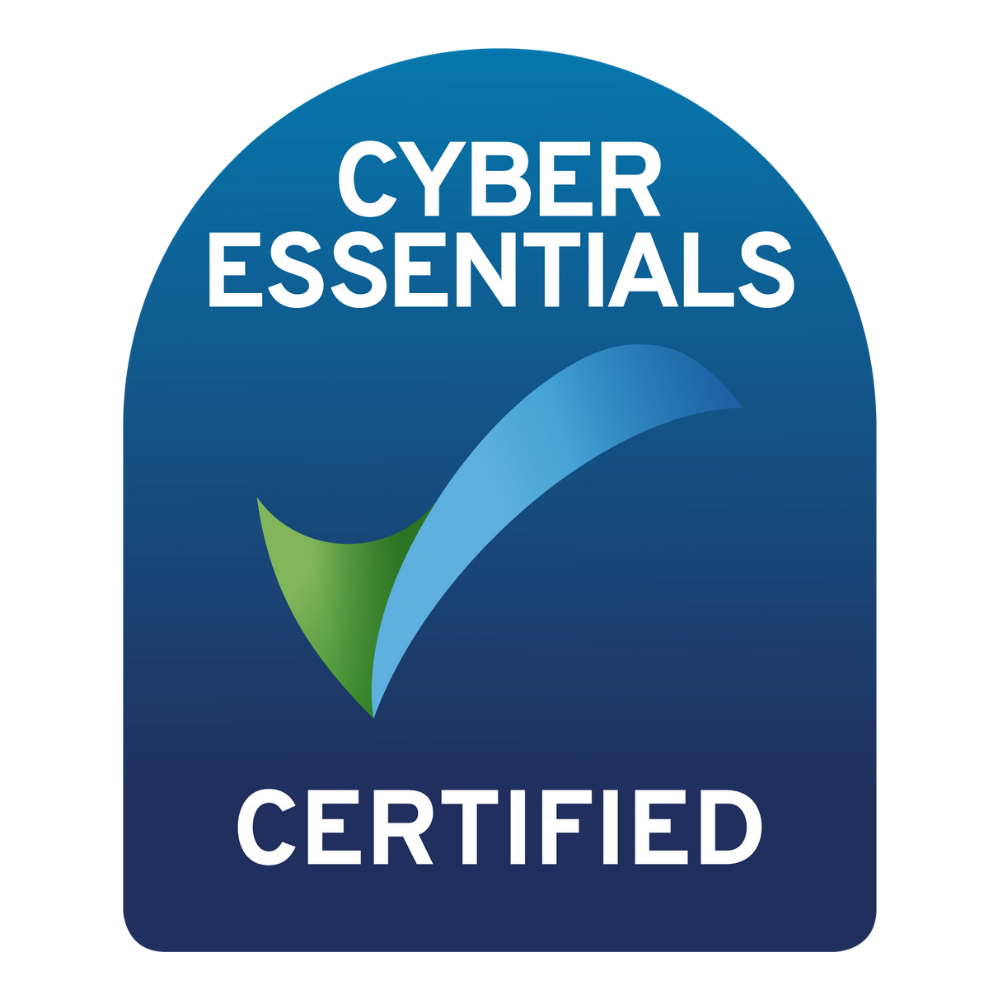
Know your customer – it’s practically the first rule of B2B marketing.
Yet with products as important and high stakes as RegTech, decision-makers can be frustratingly difficult to identify and engage.
If you’ve been through our guide to crafting a solid RegTech Go To Market strategy, The RegTech Leaders’ Playbook, you’ll know the importance of product-market fit.
Once you’re confident you’ve got that right, it’s time to create demand.
But to create demand, pipeline and most importantly close sales effectively, you need to get granular about who’s in charge of choosing RegTech.
In this blog, we’ll walk you through how to identify RegTech decision-makers so you spend time nurturing the right prospects, keeping your costs lower and closing sales faster.
Step 1: Tailor your approach to the size and type of prospect
While your Go To Market strategy is likely to have identified your Ideal Customer Profile (ICP), it’s worth re-iterating its importance.
The first step to identifying RegTech decision-makers is segmentation. Think outside-in (customer first) not inside-out (your product first). When building a target audience consisting of your ICPs answer the following questions:
- What regions do you want to target?
- What industries does your product serve? Related question: are your target ICPs financial institutions or corporates?
- What size company is typically a good fit for your product? Related question: Are you measuring them by size or by headcount?
- What job titles do you think your ICPs have? (be open to this changing – keep reading to find out why).
What kind of product do you offer?
Answering these questions helps you determine where your ideal customers are and who your key decision-makers are most likely to be.
For example, if your RegTech is ideal for . Whereas for an established global financial institution, targeting anyone who has compliance in their job title is far too broad – you need to use your direct outreach calls to establish who has responsibility for what. Some global banks will have individuals responsible for every single type of compliance, usually heading up their own teams.
A tip for navigating larger organisations: When Gungho Marketing is charged with finding decision-makers within a large entity, we use qualifying questions like: “we’re calling specifically about enterprise risk/anti-money laundering/sanctions etc – is this something that sits with you?”.
Corporate entities have two separate pain points to manage when it comes to compliance. Unless the corporate is small (in which case one person typically handles all RegTech buying), RegTech buyers here are usually responsible for either:
- Preventing financial crime (which usually sits within Compliance or the Finance function), or
- Mitigating against supply chain risk (which can sit with Compliance, Procurement, Supply Chain or the Legal department).
The type of protection your RegTech offers will determine who the best person to target is. When it comes to supply chains, any reputational risk is usually handled by the Legal department but ensuring that your supply chain is behaving legally and ethically would sit within Compliance.
Be open to finding new customers or having your ICP challenged
While pinpointing your ideal customer is a prerequisite of any direct outreach campaign, be open to having that idea challenged as you gain feedback from the field. You could even find more prospective buyers.
About 80% of Gungho Marketing’s clients have a very clear idea of who’s in the market for their RegTech, but, during the first ten weeks of any campaign we go through a calibration period to test whether the theory is borne out by the market. By logging everything in our database we can report back on whether people with the job title supplied are saying they are the right person, or whether they are referring us to a different department. It’s our job to follow up those referrals and find out if they’re actually the RegTech decision-maker, and whether they’re a good fit for our client’s product.
So if you’ve been targeting a particular job title and you keep getting directed elsewhere, heed that feedback and change your approach. What you could be hearing is that your RegTech is actually a better fit for a different buyer.
However, even if you’ve spent time talking to others who turn out not to be your ideal customer, don’t consider that time and effort as wasted. Your outreach activity builds brand awareness and familiarity as well as pipeline. According to Worldwide Business Research, there’s an average of seven people involved in any given business purchase in an organisation of 100-500 people.
And a 2021 study compiled by Marketing Week, LinkedIn and the Ehrenberg-Bass Institute of Marketing Science found that 95% of business clients are not in the market for many goods and services at any one time. But if you can raise awareness of your RegTech across a wider number of stakeholders, you create more brand familiarity ready to be refreshed when people are looking to buy, whether they’re an influencer or the budget holder.
Once you’ve calibrated who your ideal customer really is, you can concentrate on the people that fit that profile, maximising your time.
Step 2 – Make sure you have accurate data, and keep it clean and profiled
Accurate data on your prospects makes it much, much easier to identify decision-makers. While there are many ways to acquire data – have a data team research it or buy lists from suppliers such as Dun&Bradstreet or Zoom, for example – the time and money spent on acquiring this data will be wasted if the data isn’t accurate.
The inconvenient truth is that data decays, fast. A report into the labour market and employee experience across the global financial services sector found that 23.4% of workers in non-officer roles changed jobs in 2022 alone. Although at officer level the employee turnover is lower, with a general trendline of around 7-8% per year, it’s still significant as roles at officer level tend to have the final say on RegTech purchases.
So acquiring a list is only a first step. Unless you check job titles against LinkedIn before making every single call, you cannot be sure you’ll reach your intended prospect using the data you have. And as previously noted, someone’s job title may not actually reflect whether they are the right person or even a decision-maker.
To make sure your data is accurate, your sales and/or outreach team need to be constantly updating, cleansing and enhancing it in your CRM system. Simply making sure email bounce backs are recorded and subsequently excluded from nurture lists will save your sales team precious time. At the other end of the scale, a good conversation can surface whether there’s a new Head of Anti-Money Laundering or other key decision-maker, allowing you to create new records and a much more accurate picture of who buys RegTech at a particular organisation.
We know that RegTech products aren’t bought off the shelf – the stakes are too high. We also know, from our 17 years’ experience serving the RegTech market, that RegTech buyers prefer to build human-to-human relationships with their suppliers, again because the stakes are so high. So every touch point is an opportunity to build and deepen those human to human connections.
Cleansing and profiling your data is time-intensive, and it can look like it’s high effort for a low reward. The opposite is true: profiling and enhancing your data as part of your outreach ultimately builds that human to human relationship and familiarises your prospects with your offer and brand. It also helps familiarise your sales team with the individual pain points of specific businesses, allowing them to tailor their approach so it’s more likely to resonate and be chosen by those key decision-makers.
Step 3 - Persevere
Sometimes identifying the key decision-makers can be tough because those people simply don’t want to identify themselves or get into conversations with suppliers before they’ve done their own research . But it’s always worth persevering.
If 95% of B2B buyers aren’t in-market at any one time, for the 5% that are the buying journey may be nearly over. That’s according to research from Kerry Cunningham and 6sense who found that the average buying cycle length for B2B purchases over $10,000 was just under 11 months. But the point of first contact with any given supplier was at around eight months, meaning that the chance for any other sellers to throw their hats into the ring for consideration is very slim. You must already be familiar to the decision-maker to stand a chance.
Remember when we said no-one buys RegTech off the shelf because the stakes are too high? Given that firms investing in RegTech use it to manage serious business and reputational risk, it makes sense that buyers take their time to get it right.
These stakes can mean RegTech buyers want to be sure they’re not being unduly influenced, preferring to do their own research going to events or consuming digital content. They may resist a direct outreach approach and can sometimes be evasive or unkind. Some Gungho Business Development Executives have even reported that people may claim not to be a decision-maker when they are! But it’s important not to take things personally and never give up, even if it feels like you’re going round in circles trying to find the person you need to speak to.
It’s another reason why consistently and constantly enhancing your dataset is so important. If your sales team are being misdirected (even if isn’t intentional) it’s useful to know what’s occurred before with a particular prospect so you start a little further forward.
Recap – how to identify key RegTech decision-makers
- Getting granular about your ICPs will help you determine who the right people are likely to be from the outset, however…
- Be open to finding new and different prospective buyers: if you keep getting referred to another job title use that insight to fine tune your outreach strategy, and potentially refine your product market fit. For more on crafting an effective RegTech Go To Market strategy, read The RegTech Sales Leaders Playbook.
- Clean, accurate, profiled data is the secret ingredient to turbocharge your direct outreach campaign, but it can only do that if it stays clean and accurate. That means ensuring your sales team logs all conversations and cleanses out of date records.
- Compliance is a critical aspect of doing business today and all organisations need to operate legally and compliantly. It may feel like you’re going round in circles trying to reach the final decision-maker, but they are within the organisation somewhere and the rewards of finding them, and raising their awareness of your RegTech are worth it.








